Automotive Innovations: Infotainment Systems
Back
One of the most innovative pieces of tech in cars today are the infotainment and interactivity systems. Since inception, smart phones have changed the way we consume information & stay connected and this interaction has been directly translated to the automotive industry, becoming a consumer need in vehicles.
In light of this fact, automakers responded with the ‘In-Vehicle Infotainment (IVI)’ system, recreating the daily phone experience to the In-Car experience. To create a seamless, integrated car entertainment experience, automakers have developed intuitive GUIs, responsive touch-screens over the air updates and seamless phone integration over the years of development. At the same time, however, automakers have prioritized driver safety, innovating IVIs to minimize driver distraction & ensure maximum driver safety. IVIs have come a long way over the years, let’s take a look at the history on in-car entertainment that has led to the infotainment systems we know today.
Brief History
AM/FM Radio
The first sign of vehicle entertainment wasn’t until the 1930s when AM Radio technology was first introduced and made available to consumers and vehicles. Motorola offered the radio itself for around $130 (about $1800 today). Twenty years later, Germany-based Blaupunkt was the first company to offer an affordable AM/FM radio, which was first made available in 1952. In the '50s, companies also experimented with in-car record players. But companies soon realized that in-car record players weren't viable due to their size and the fact that bumps caused skips in the audio.
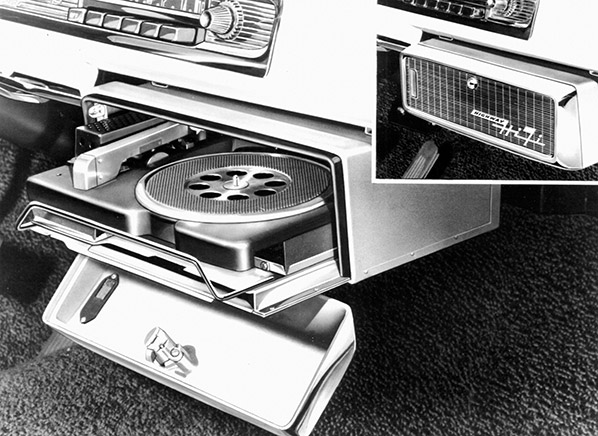
Car Stereo
Until the 1960s, audio was monophonic (also known as "mono"), meaning audio was transmitted in a single stream, where left and right channels didn't matter. The first car stereo was made by another German company, Becker, released in 1969 which allowed for two-way stereo audio streaming. During the 60s, the 8-track tape player also made an appearance but quickly grew obsolete.
Cassette Tape Player
During the 70s, the cassette tape player was born. The rise of the cassette tape was actually largely owed to its use in the car, this was due to how compact the tapes were. Today, some cars still use cassette tape-based systems where “tape-adapters" are used to plug in your smartphone using a 3.5mm jack cable.
CD-player
While CD technology was first introduced in the 80s, the technology didn't really take off in vehicles until the '90s. In-car CD players quickly became popular since they were able to read CD-RW discs, as well as MP3 files. DVD functionality even appeared late in the decade in some high-end cars.
Bluetooth and Touch Screen Technology
At the start of the new millennium, technology companies began making use of Bluetooth for the transfer and streaming of files, and automotive companies quickly adopted the technology. When first introduced in cars, Bluetooth was implemented for hands-free calling. Perhaps more important than Bluetooth was the introduction of the in-car infotainment system, which was basically a touchscreen with GPS capabilities. Unfortunately, the first iterations of IVI systems were clunky, unreliable and performed slowly.

Present Day Developments
Since 2010, infotainment systems have improved by leaps and bounds, now serving as the vehicle’s central hub for most vehicular operations. The innovation of infotainment systems has always struggled to keep up with the fast development in the consumer space, and the rise in smartphones has intensified the gap in recent years. Automakers have thus employed several innovative solutions to bridge this gap in an effort to make their systems faster, simpler and more accessible – here are a few:
User Experience Design
First of all, almost every vehicle infotainment system today comes with a large high resolution touch screen, usually paired to a directional knob or track pad for ease of use while driving. The UI has been developed to mimic that of a smartphone in order to provide simplicity and accessibility. With large touch screen buttons and a user-friendly OS, most automakers have provided successful user-friendly IVIs.
Connectivity
Infotainment systems today also focus largely on connectivity. Other than the common Bluetooth connection, vehicles now support LTE connectivity, enabling cloud services, Internet streaming and even over-the-air firmware updates. You can start to see how the smartphone industry has impacted the automotive industry, with the focus being more on the user than the device itself.
Customization
IVIs now also provide customization capabilities, to provide an enhanced and tailored experience for the user. Users can now customize home screens similar to smartphones allowing the driver to display their information of choice for weather, date & time and vehicle stats as well as preferred apps for quick-access.
Heads-Up Display
Many higher-end cars today come with a head-up display (HUD) which is placed right behind the steering wheel, projecting information on your windshield such as speed, current song being played, speed limits and current gear in place. This tech is considered to still be in its infancy, and will probably be widely used in more cars in the future.
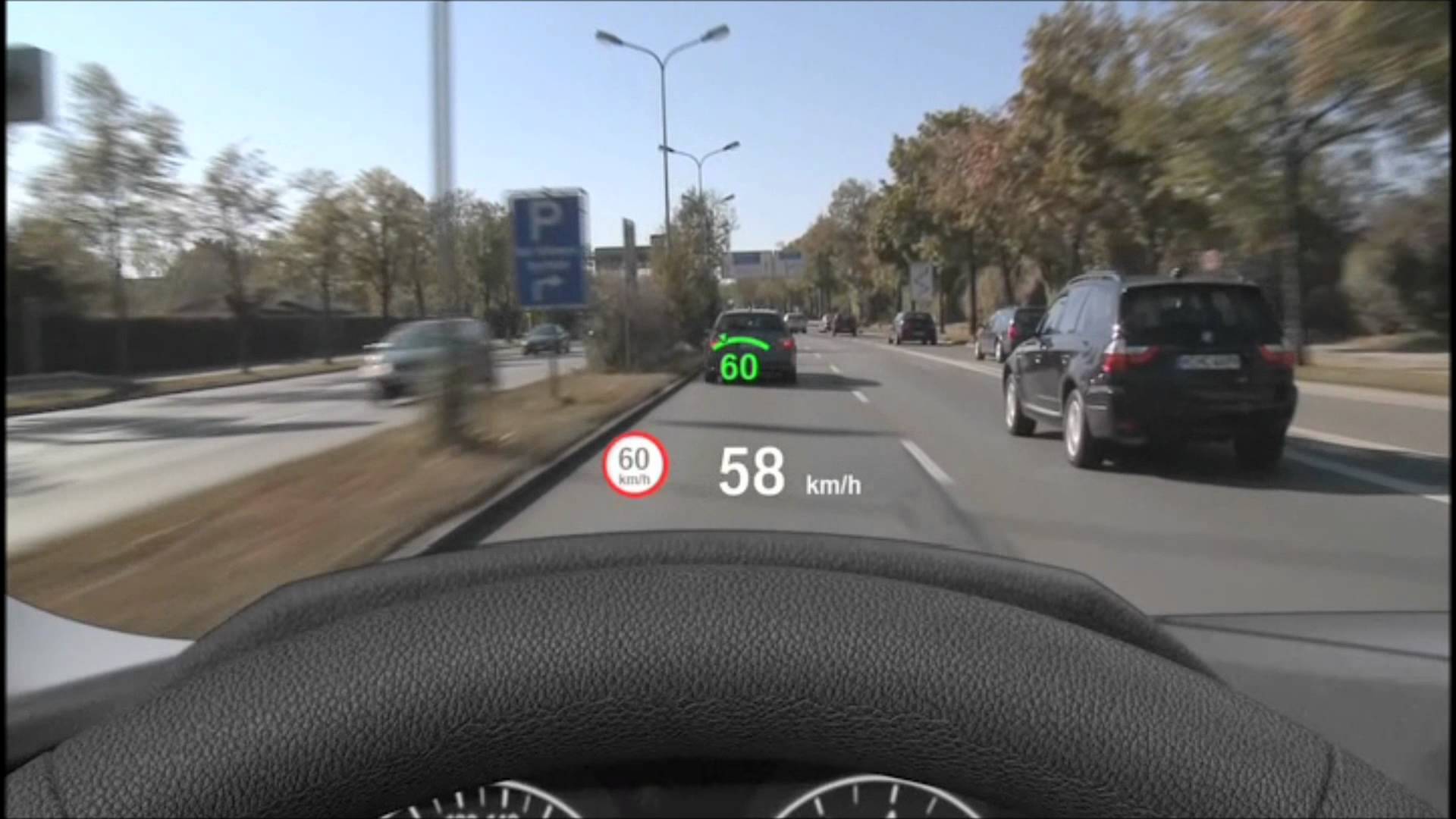
Virtual Cockpit
Automakers have also started making use of additional LCD screens to centralize information and make infotainment more immersive for the driver. In many higher-end cars today, the central gauge cluster has been transformed into an LCD screen, displaying not only your RPMs and speed but also displays customized information for navigation, vehicle stats, radio, and driving modes all paired to the multi-function steering wheel.
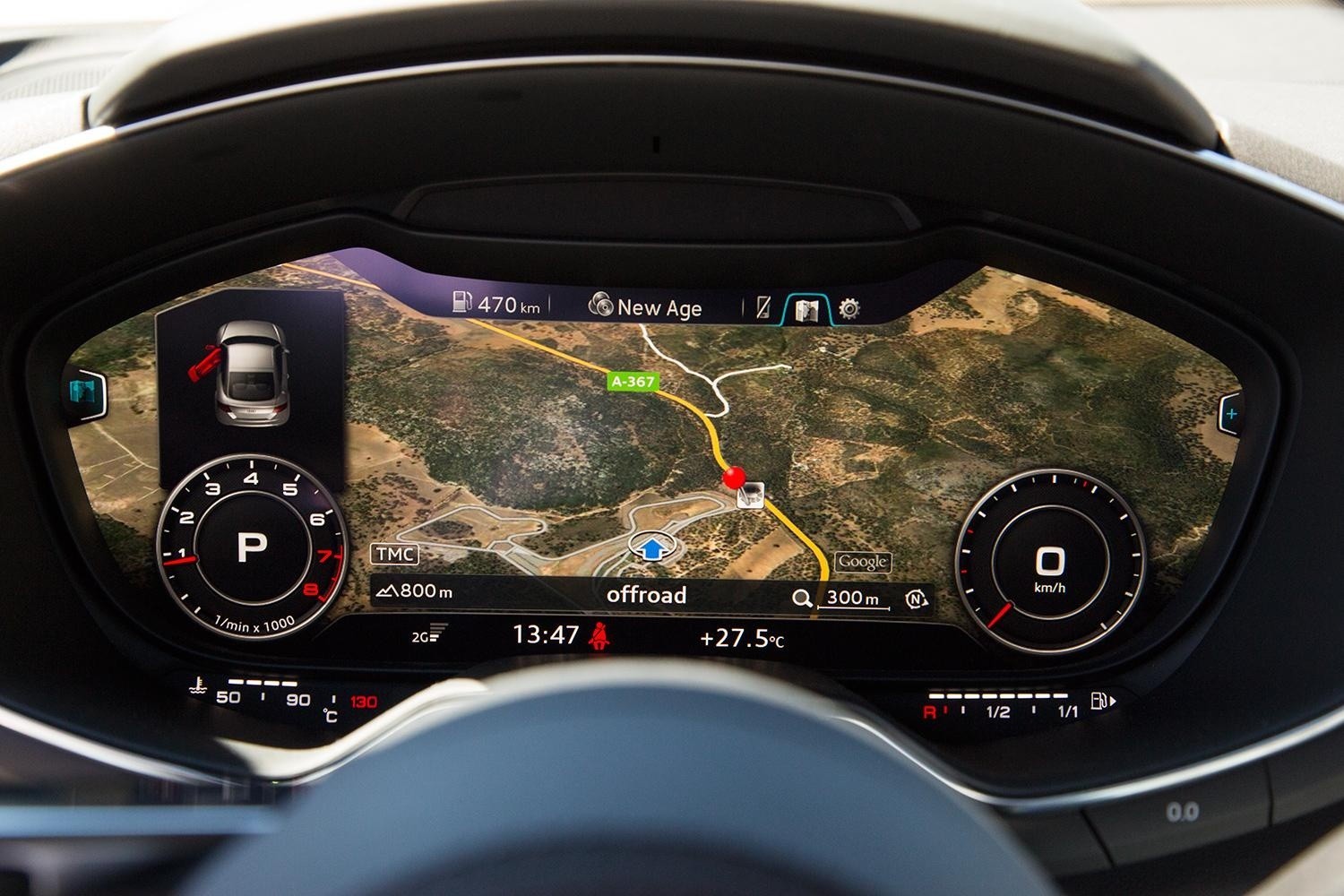
What’s on the way?
Automakers continue to develop and innovate their infotainment systems, showing off their visions and concepts at yearly tech tradeshows. Most recently, automakers have given us a glimpse of what the future has to offer in terms of infotainment.
Connected Car Features
Expect future IVIs to support more connected car V2X features. Audi has already presented such features with their V2I supporting infotainment systems. Audi’s future infotainment systems will leverage V2I technology to provide drivers with traffic light information, displaying a countdown timer as well as traffic light status at intersections.
Augmented Reality
AR has been experienced on smartphones for a while now, but AR tech will soon make its way to vehicle infotainment systems, identifying external objects in front of the driver and displaying information on the windshield. AR uses will mostly focus on pointing out pedestrians and vehicles while also provided AR directions by “painting” the road.
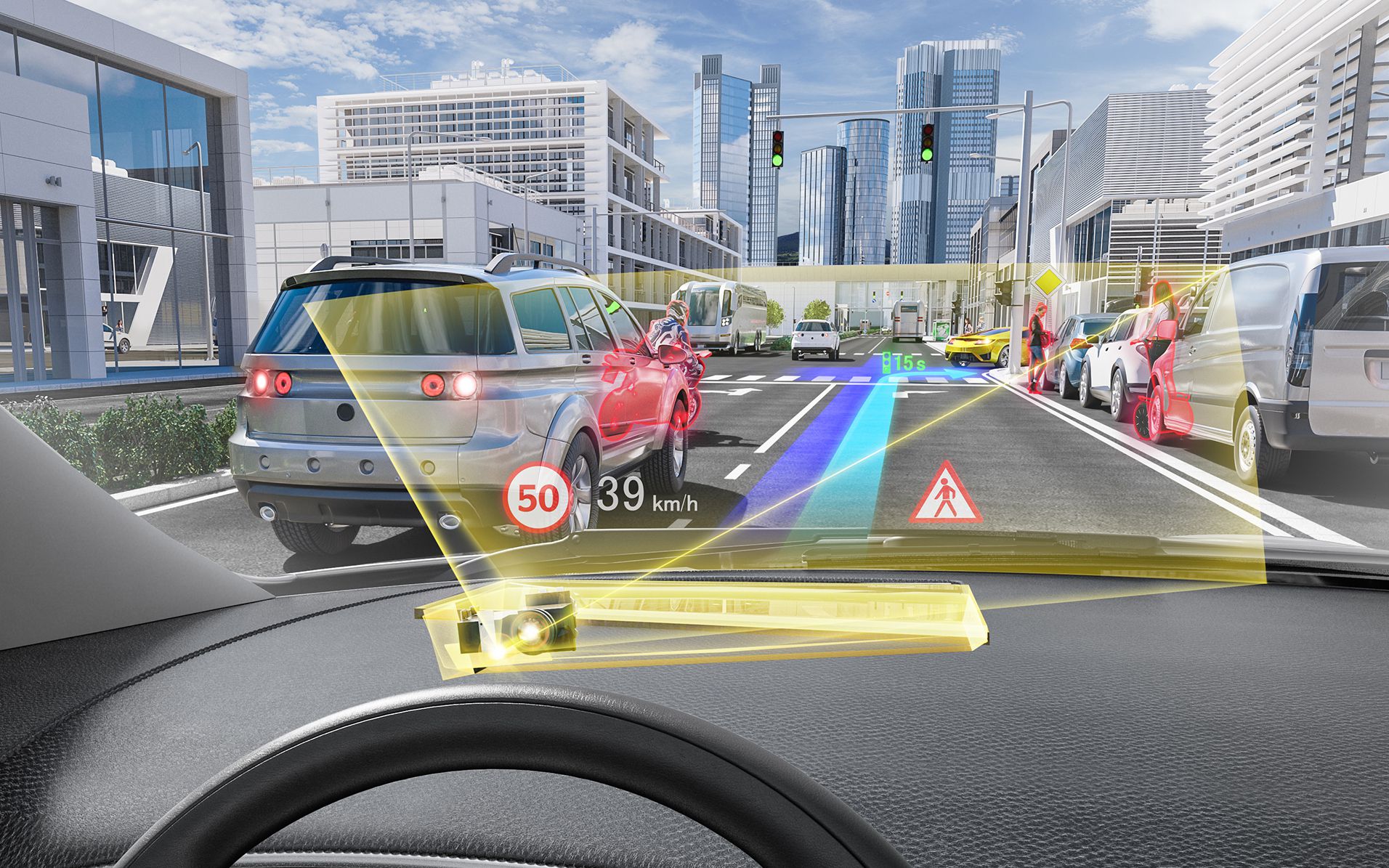
Holographic Display
Holographic displays function the same way as touchscreens except they provide the user with a virtual interface. The image of the holographic display is generated by reflections, appearing as a ‘floating’ touchscreen. A camera in the car detects the location of the driver’s hand and registers the position of their fingertips. As soon as a fingertip makes contact with the virtual surface, a pulse is emitted and the relevant function is activated.
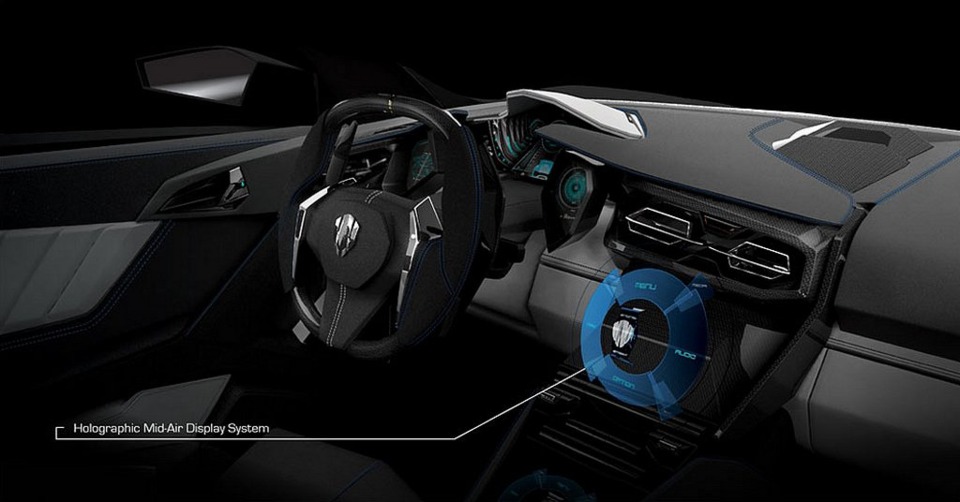
Personal Assistant
Similar to personal assistant services such as Vertu Concierge, future infotainment systems will also provide drivers with a concierge-like service. Drivers will be able to make reservations, book hotel and flight accommodations and even ask for recommendations for restaurants and directions.
Infotainment System Competition
The exceeding customer expectations for better infotainment systems has encouraged the entry of new competitors. Apple and Google have released their own in-car infotainment systems, CarPlay and Android Auto, taking infotainment capabilities to a whole new level. With their systems, Apple and Google aim to bring the simplicity, accessibility and user-friendliness of smartphones to vehicle infotainment systems worldwide. Drivers can now seamlessly pair and clone their smartphones onto the in-car touchscreen, giving you access to apps and mobile storage data. Both systems provide very similar features and capabilities but they do have their differences.
The two interfaces echo the design philosophies of their respective smartphone OSes. CarPlay, like the iPhone, has a flat structure that presents its apps and functions as large icons in a grid formation. Since none of the functions is more than one level deep, there are no submenus, folders or lists thus reducing driver distraction.
As for Android Auto's screen, icons are placed at the bottom of the screen, providing quick shortcuts to various functions. This way, the driver does not have to pass though the home screen to switch between apps. Drivers can choose an audio source while keeping navigation up on screen.
One of the best features offered by these systems is voice recognition. Google Now's voice search is powerful, and so is Apple's Siri. Both allow the driver to initiate calls, send text messages and request turn-by-turn navigation simply by speaking. Both allow the driver to effortlessly schedule reminders and make calendar appointments as well.

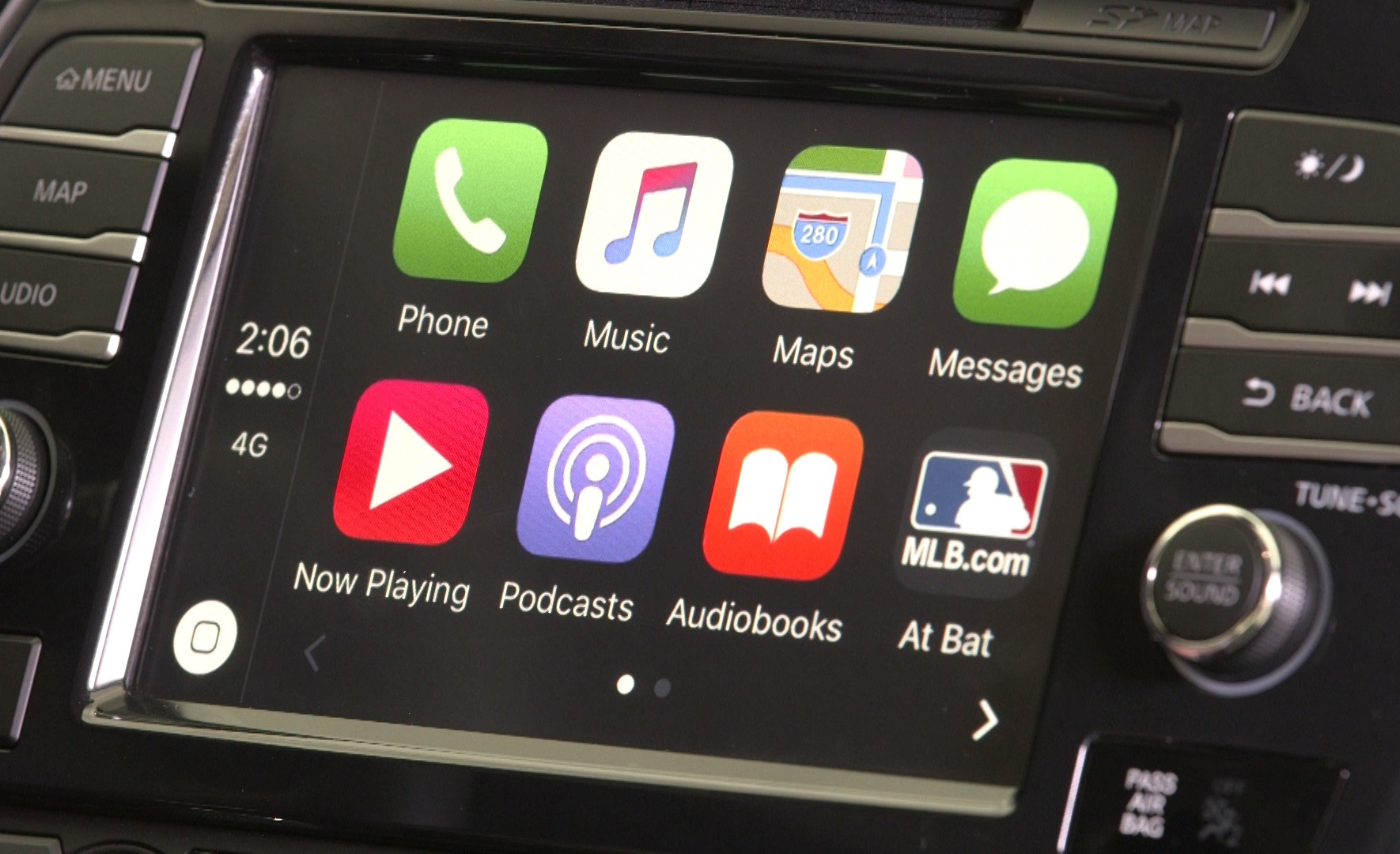
Issues with today’s infotainment systems
Infotainment systems have brought a ton of new tech capabilities to cars and have improved the driving experience significantly. However, have these systems come at the expense of accessibility and comfort? Infotainment systems have a couple of issues that need to be addressed in order to bring out the best of in-car entertainment.
As cluttered as it may be, separating the audio, climate control, and navigation systems has the benefit of making controls easily accessible. On the other hand, some infotainment systems today require a driver to dig through menus and sub-menus to make simple changes and enable certain functions (ahem Tesla), which turns the user experience into a headache.
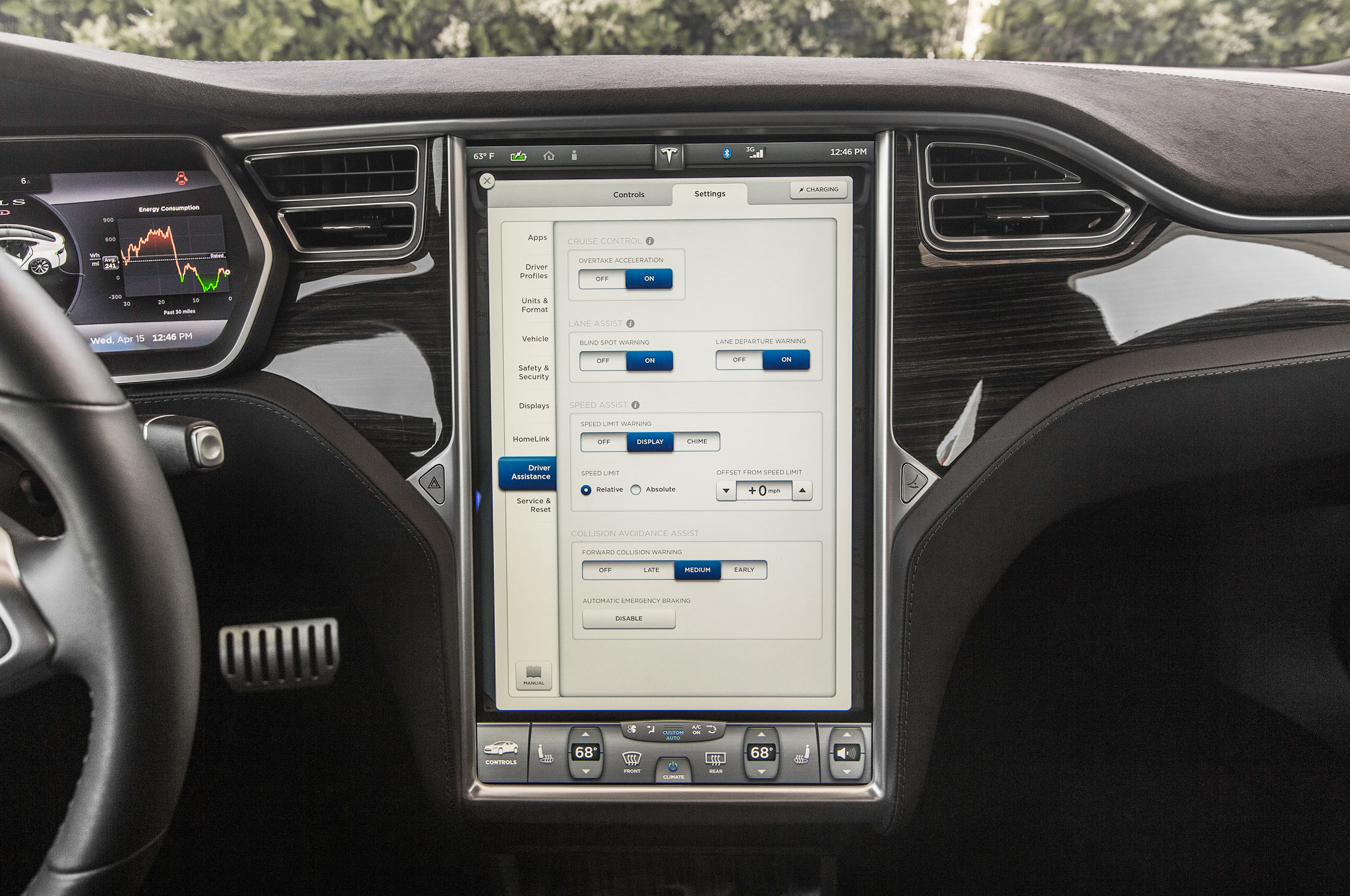
Smartphone software is widely shared and is therefore constantly being improved upon by developers around the world, whereas, in the case of infotainment systems, each automaker develops their independent system.
Latest Business
Intelligence Report












